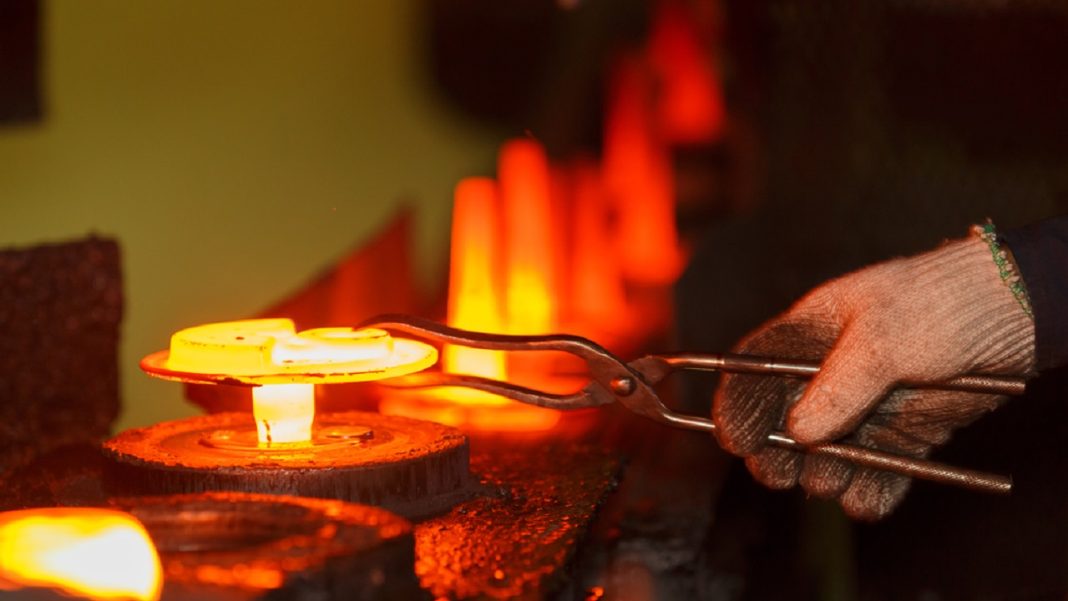Hot die forging has long been a cornerstone in the manufacturing industry, serving as a crucial method for shaping and strengthening metal components. As technology continues to evolve, forging manufacturers are constantly adapting to emerging trends and innovations. In this article, we will explore the future trends in hot die forging and what we can expect from this essential manufacturing process.
Advanced Materials
One of the most prominent trends in hot die forging is the use of advanced materials. The demand for stronger, lighter, and more durable components has led forging manufacturers to explore innovative alloys and composites. These materials offer improved performance characteristics, making them ideal for industries such as aerospace, automotive, and renewable energy.
Sustainability and Environmental Considerations
Environmental sustainability is a growing concern in manufacturing. Hot die forging manufacturers are increasingly adopting eco-friendly practices. This includes recycling and reusing materials, optimizing energy consumption, and reducing waste. As consumers and regulatory bodies become more environmentally conscious, forging companies are aligning their operations with sustainable practices.
Customization and Rapid Prototyping
The ability to offer customized solutions and rapid prototyping is a trend that is gaining momentum in hot die forging. Modern manufacturing techniques allow for the efficient production of small batches and even individualized components. This flexibility enables manufacturers to meet the specific needs of various industries, including medical devices, electronics, and defense.
Enhanced Simulation and Modeling
Simulation and modeling software have become indispensable tools for forging manufacturers. These tools allow for detailed analysis and optimization of the forging process before physical production begins. As software capabilities continue to improve, manufacturers can expect reduced development lead times, improved component designs, and increased overall efficiency.
Additive Manufacturing Integration
The integration of additive manufacturing, commonly known as 3D printing, with hot die forging, is an emerging trend. By combining these two processes, manufacturers can create complex, customized preforms or blanks with intricate geometries. This integration offers new possibilities for component design and performance enhancement.
Global Supply Chain Collaboration
In an increasingly interconnected world, forging manufacturers are collaborating with partners worldwide. This collaboration allows for the exchange of knowledge, expertise, and resources, leading to improved production efficiency and cost-effectiveness. Global supply chain collaboration also helps manufacturers adapt to regional market demands and regulatory requirements.
Quality Assurance and Certification
As safety and quality standards become more stringent, hot die forging manufacturers are investing heavily in quality assurance and certification. Meeting industry-specific standards like IATF 16949 and ISO9001-2015 ensures that products meet or exceed customer expectations. Certification also fosters trust and credibility in the global market.
Conclusion
Hot die forging remains a vital component of modern manufacturing, and its future looks promising. With advanced materials, digitalization, sustainability efforts, customization options, simulation tools, additive manufacturing integration, global collaboration, and a strong focus on quality assurance, manufacturers are well-equipped to meet the evolving needs of various industries. The hot die forging industry’s ability to adapt to these trends ensures its continued relevance and importance in the world of manufacturing. As technology continues to evolve, forging manufacturers are constantly adapting to emerging trends and innovations. In this article, we will explore the future trends in hot die forging and what we can expect from this essential manufacturing process.







